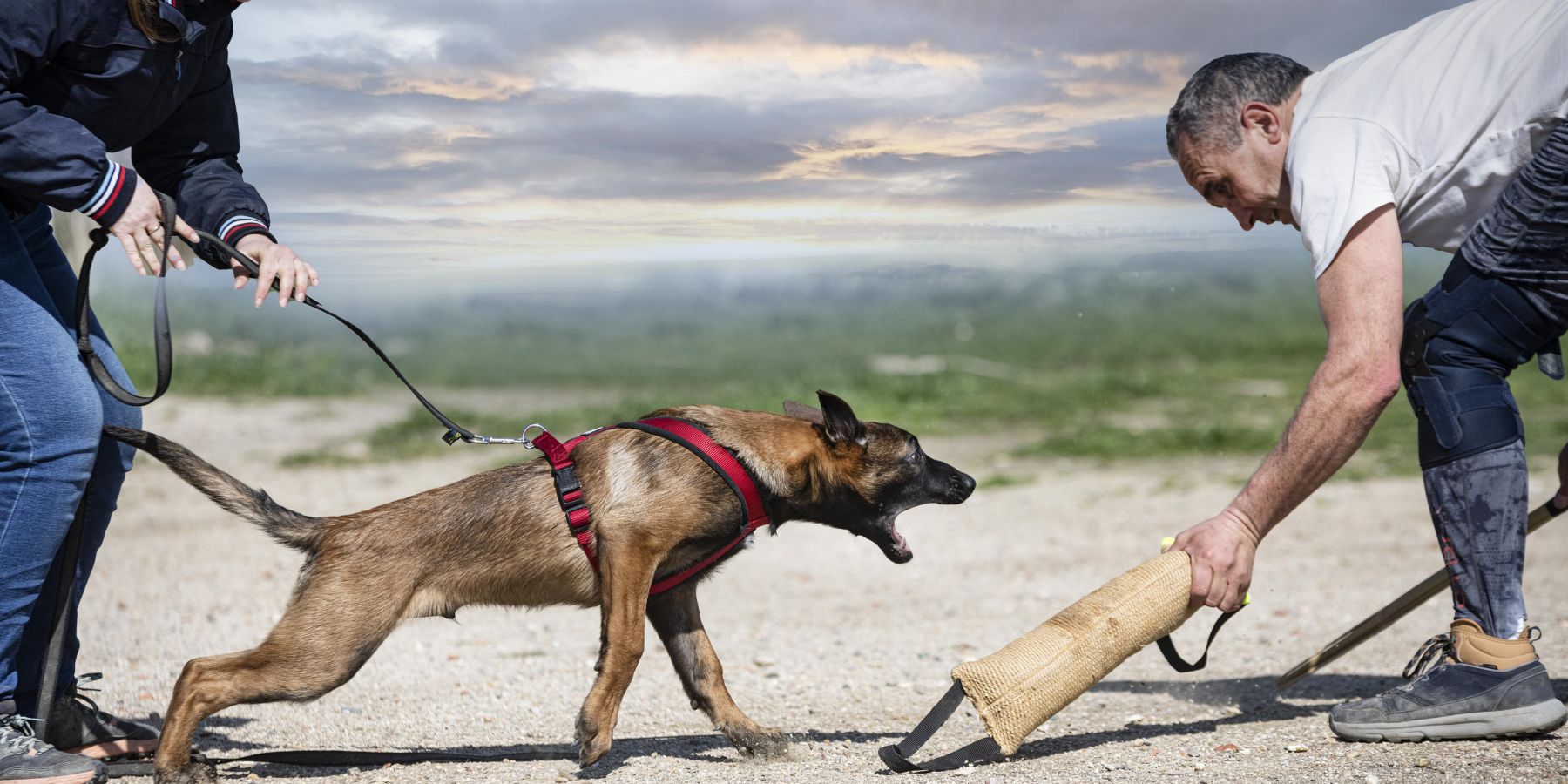Dealing with an aggressive dog can be a daunting challenge for any pet owner. However, with the right approach and understanding, managing and modifying this behavior is achievable. This blog post explores effective strategies to help owners handle an aggressive dog, ensuring safety and harmony both at home and in public.
Understanding Aggressive Behavior in Dogs
Aggression in dogs can manifest in various forms and is often a response to a particular situation or stimulus. It's crucial to identify the cause of aggression to address it effectively.
- Fear-based aggression: Triggered by fear, often due to past negative experiences.
- Territorial aggression: Protecting their space or home.
- Resource guarding: Aggression over food, toys, or other valuables.
- Pain-induced aggression: Caused by an underlying medical condition.
- Social aggression: Stemming from interactions with other dogs or people.
Recognizing Signs of Aggression
Early recognition of aggressive tendencies is key to preventing escalation:
- Warning growls or barks: Indicates discomfort or threat perception.
- Snapping or lunging: Signs of imminent aggression.
- Stiff body language or raised hackles: Shows heightened alertness and potential aggression.
- Bared teeth and intense staring: Imminent signs of a potential attack.
Strategies for Managing an Aggressive Dog
Effective management and modification of aggressive behavior involve a multi-faceted approach:
- Professional Assessment: Consulting a veterinarian or a certified dog behaviorist is essential to rule out medical issues and to get a professional assessment of the dog's behavior.
- Behavioral Training: Engage in positive reinforcement training to modify the dog's response to triggers. Training should focus on obedience and desensitization to specific triggers.
- Creating a Safe Environment: Ensure the dog has a safe and comfortable space to retreat to when stressed or overwhelmed. Avoid situations that can trigger aggression.
- Consistent Routine: Dogs thrive on routine. A predictable schedule for meals, walks, and playtime can help reduce anxiety and aggression.
- Exercise and Stimulation: Regular physical and mental exercise can significantly reduce stress and aggression in dogs. Activities like walking, running, and puzzle games are beneficial.
- Avoid Punishment: Punishing an aggressive dog can exacerbate the behavior. Instead, focus on positive reinforcement and redirection.
- Socialization: Gradual and controlled exposure to different people, animals, and environments can improve social skills and reduce fear-based aggression.
Long-Term Solutions and Prevention
Preventing aggression is more effective than trying to manage it after the fact.
- Early Socialization: Expose puppies to various environments, people, and other animals in a controlled and positive manner.
- Regular Health Check-ups: Regular veterinary visits can help identify and treat any underlying health issues that may cause pain-induced aggression.
- Neutering or Spaying: This can reduce hormone-driven aggressive tendencies in some dogs.
Conclusion
Managing an aggressive dog requires patience, consistency, and often professional guidance. Understanding the root causes and signs of aggression, coupled with effective training and management strategies, can significantly improve the behavior of an aggressive dog. Remember, aggression in dogs is often a sign of fear, discomfort, or misunderstanding. With the right approach, most aggressive behaviors can be modified, leading to a happier and safer life for both the dog and its owner.


